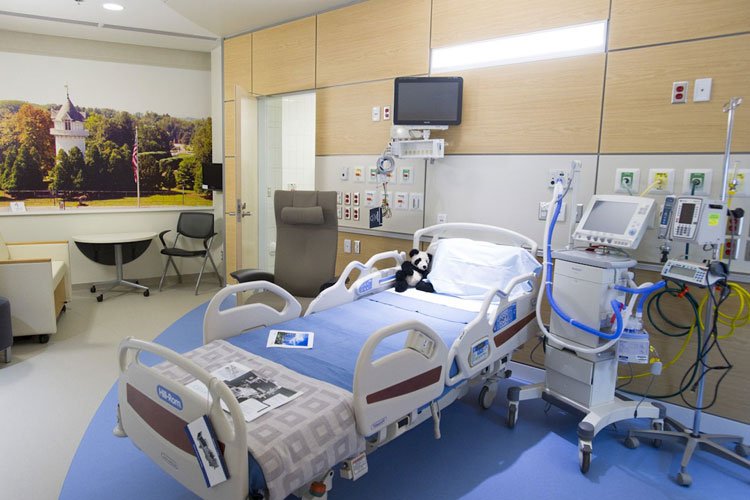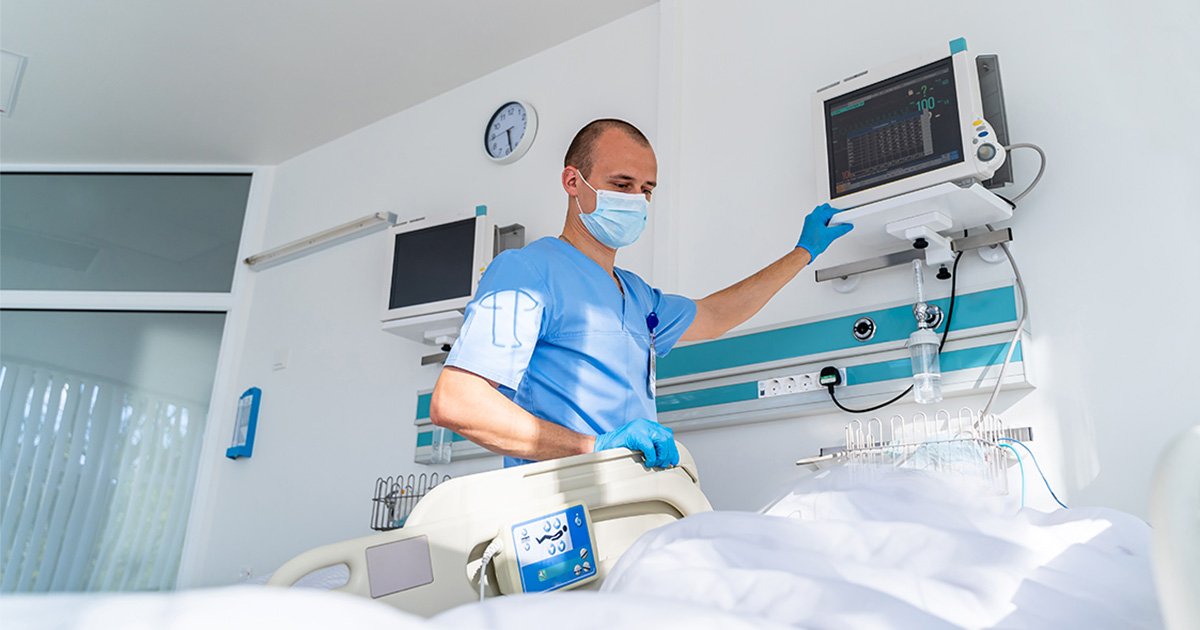Preparing for a patient’s transfer from ICU is a crucial process that ensures a smooth transition to the next phase of care. As a healthcare provider, it’s essential to be well-prepared to facilitate this transfer. By understanding how to prepare for a patient’s transfer from ICU, we can provide the best support for both the patient and their family. In this article, we’ll outline the necessary steps and considerations involved in this important task.
Communicate with the Receiving Team
Effective communication is key when preparing for a patient’s transfer from ICU. Start by contacting the receiving team, whether it’s a hospital unit or a rehabilitation center. Share important information about the patient’s current condition, treatment plan, and any ongoing needs. This conversation helps the receiving staff prepare for the patient’s arrival and ensures they understand any specific concerns or requirements. Establishing this connection lays the groundwork for coordinated care.

Complete Necessary Documentation
Before the transfer, it’s important to complete all necessary documentation. This includes updating the patient’s medical records, transferring treatment orders, and documenting any changes in the patient’s condition. Ensure that all paperwork is accurate and up to date. This thoroughness is vital for the continuity of care. By preparing the documentation ahead of time, you can avoid delays during the transfer process.
Review the Patient’s Condition
Another critical step is to review the patient’s condition thoroughly. Assess vital signs, lab results, and any ongoing treatments. Determine whether the patient is stable enough for transfer. If there are any concerns, address them before the transfer occurs. Communicating the patient’s current status helps the receiving team understand what to expect, ultimately leading to better care.
Prepare the Patient for Transfer
Preparing the patient for transfer is essential for their comfort and well-being. Explain the transfer process to the patient and their family, as this helps alleviate anxiety. Provide reassurances about their care and what to expect in the next unit. Depending on the patient’s condition, you may need to assist them in changing into appropriate clothing or ensure they have personal items ready for the move. This preparation shows compassion and helps the patient feel more at ease.
Gather Essential Equipment and Supplies
Before the transfer, gather all necessary equipment and supplies. This may include monitoring devices, medications, and any special equipment the patient requires. Ensure that everything is ready and functioning properly. Having all the essentials on hand will help make the transfer process smoother. Remember to label any equipment or supplies clearly to avoid confusion during the transition.
Involve the Patient’s Family
Family members play a vital role in a patient’s care. When preparing for a patient’s transfer from ICU, involve the family in the process. Keep them informed about the transfer details, expected timelines, and what to anticipate in the next unit. Address any questions or concerns they may have. This involvement not only helps the family feel included but also ensures they are prepared to support the patient during their recovery.
Coordinate with Transportation Services
Coordinating with transportation services is crucial for a successful transfer. Ensure that the transport team is aware of the patient’s condition and any special needs they may have. If the patient requires monitoring during transport, communicate this clearly to the transportation staff. Coordination helps ensure that the transfer goes smoothly and that the patient remains safe and stable throughout the process.
Monitor the Transfer Process
During the transfer, it’s essential to monitor the patient closely. Keep an eye on vital signs and be prepared to address any changes that may occur. Having a team member accompany the patient during transport can help provide reassurance and ensure continuity of care. If any issues arise, being vigilant allows for a prompt response to maintain the patient’s safety.
Follow Up After the Transfer
After the patient has been successfully transferred from the ICU, follow up with the receiving team. Check in to confirm that the transfer went smoothly and that the patient is settling into the new environment. Providing feedback about the transfer process can help improve future transfers for other patients. This follow-up shows commitment to quality care and helps strengthen the collaborative relationship between teams.
Evaluate the Transfer Process
Finally, take time to evaluate the entire transfer process. Reflect on what worked well and what could be improved. Gather feedback from the team members involved and consider any suggestions for future transfers. By assessing the process, we can enhance our approach to preparing for a patient’s transfer from ICU in the future, ultimately benefiting our patients and their families.
Conclusion
Preparing for a patient’s transfer from ICU is a vital part of providing quality healthcare. By focusing on communication, thorough documentation, and patient preparation, we can ensure a smooth transition. Involving the patient’s family, coordinating with transportation, and monitoring the process all contribute to successful transfers. Lastly, evaluating the process allows for continuous improvement. By following these steps, we can provide the best possible care during this critical time.











